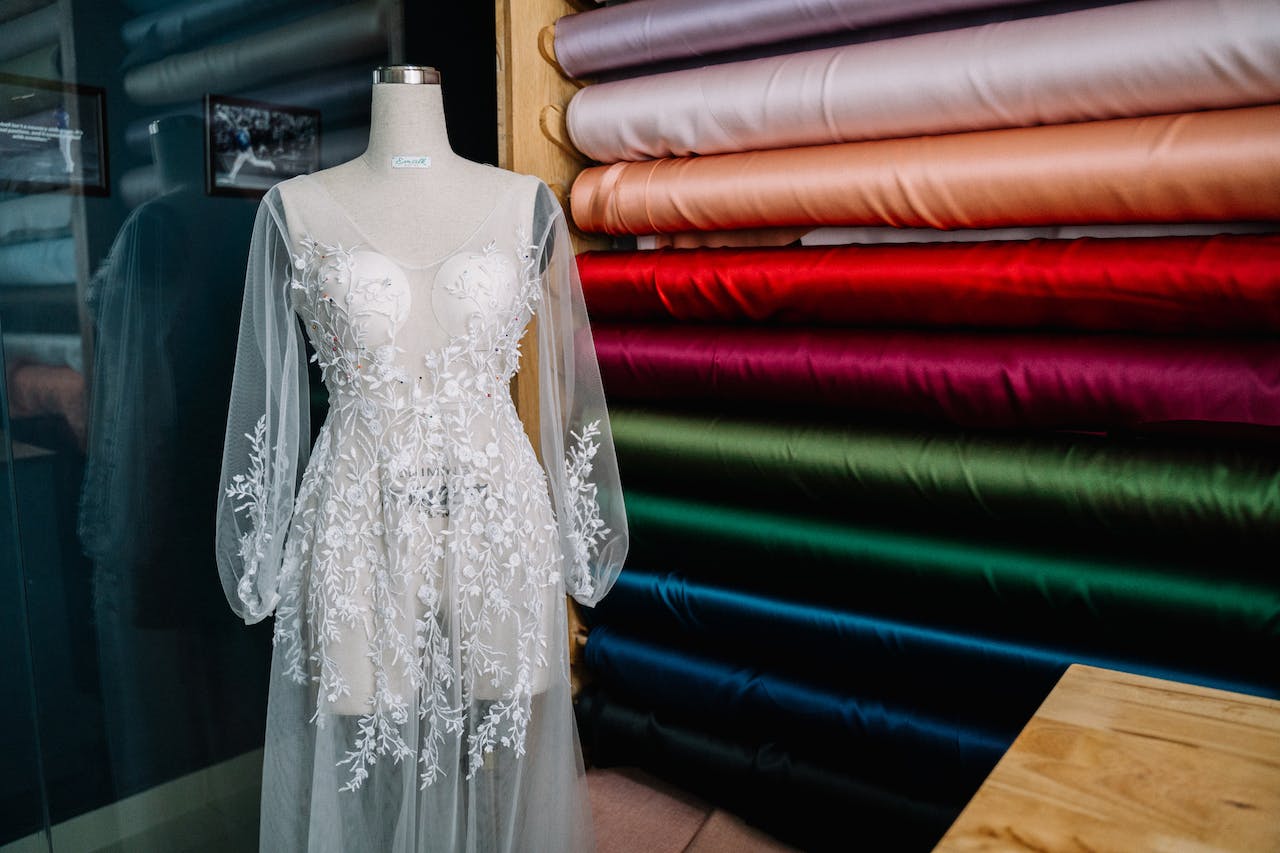Whether you are a fashion lover or not, you have seen fashion evolve over the years and even at some point wonder, how was it made? Which material did the fashion designer use on your favorite geek clothes? As technology advances, so is the fashion industry, from the ever-emerging fashion trends to the never-unending invention of fashion materials.
Many may assume materials are fabrics to the most newbies of the fashion world, but this is not true. Materials are all the essentials fashion designers assemble to aid them in making different garments. Designing apparel is a process involving multiple rules, tools, raw materials, and equipment. Among them, there’s fabric manufacturing, crafting, sewing, and paper cutting. To begin assembling all the materials you need to help you design a cloth, use the list below to guide you to collect all the essentials.
Before we list the basics, it is necessary to learn the main categories they fall into, that includes:
- Sewing tools
- Needles
- Draping tools
- Threads
- Fabrics
- Pattern Making Tools
Sewing Tools
Sewing Machine
Under the sewing tool category, we have the sewing machines. Being the most basic necessity for every fashion designer, it is vital and must-have essential. To bring to life your designs, you require the right tools. Buy a durable and sturdy sewing machine with a metal base that will last longer. While at it, buy a device that is multipurpose and will help you make beautiful patterns. Ensure to get repair appliances ready to fix any fault in case your sewing machine stops functioning.
Draping Tools
Dress forms/ Dummies
Under this category, we have dummies, fabric pressing, among others. When looking for dress dummies, ensure you buy adjustable dress dummies. A dummy is where a fashion designer fits his or her clothes to see how the design will look on a real person. Opting for an adjustable dummy will help you save space, time, and money; your working space will not be congested, you will save time since you can fit your designs while making them. You will not require to buy multiple dummies; instead, you will save money by getting one you can adjust.
Tape Measure| Set Square| Grading ruler
Whether you are using a tape measure, a grading ruler, or a set square, you will achieve the same outcome. Every fashion designer should have either of the three essentials within their reach. For instance, if you are working with a tape measure, you should at least have three of them. One is kept in the toolbox, another around your neck, and the other wrapped together with the fabric.
Needles
Hand and Machine Sewing Needles
Whether you’re a small-scale or large-scale fashion designer, you need multiple hands and machine needles. One cannot entirely rely on hand needles to make a perfect cloth design. While using the sewing machine, you will still need a hand needle to sew some patterns or finish a design. Also, when you’re doing beadwork, you will be required to have beading pins and needles. To secure the beads in position, use the hooks. In scenarios where you need to tack in stitches, you will get milliner needles for that purpose.
Here are some tips to know:
- When working from a new sewing machine, buy fine needles so that you prevent your cloth from being tattered.
- For every type of fabric you are working on, ensure you have the right sewing needle.
- To preserve the needles properly, wrap the hand needles in a labeled paper to avoid rusting and bluntness, apply the same to the sewing machine and keep them in separate packages.
Threads
For every needle you use, you need a specific type of thread to match the fabric. Also, threads may vary in color, thickness, raw material used, among other things.
Pattern Making Tools
Scissors
When making patterns to your fabric, there are various tools you can select from and still get the desired outcome. They range from the oaktag, yardstick, blue pencil to the pair of scissors – a must-have accessory for every fashion designer.
Scissors are put into three major categories depending on their functionality:
- Lightweight scissors – when working on a light fabric like the lining or silk, use lightweight scissors.
- Card Scissors – Used to make patterns, trim, and cut cardboard designs to facilitate the stitching stage.
- Shear Scissors – Used to cut all sorts of fabrics.
Tailor’s chalk
Both tape measure and chalk go hand in hand; after measuring your piece of cloth, you mark the lines to show margins. Just like the tape measure, you need to have several colored chalks around your working area for easy visibility and time-saving purposes.

